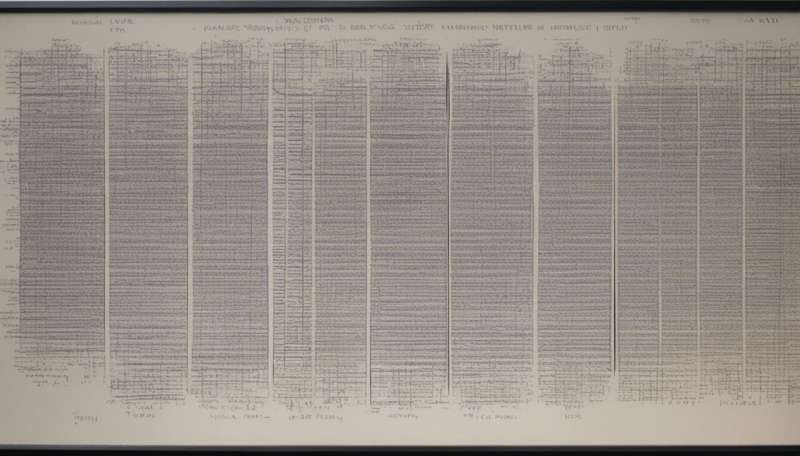A unitary theory of metric analysis helps unveil structures within data

As the EU-funded MANET project worked with abstract geometric structures it was able to model a range of phenomena as integral curves of vector fields. This allowed the project to shed light on retinal vessels and cortical connectivity, as well as vehicle dynamics and traffic flow.
Measurement underpins much of our understanding about the world—with metrics a branch of mathematics used to measure distances between points in geometrical settings. Metric analysis allows researchers to consider problems in understanding the structure of non regular spaces, referred to as 'non isotropic', where movement in some directions are precluded by a constraint. This is perhaps best demonstrated by the movements of robots, typically constrained by the physical relation between parts.
However, metric analysis is proving to be inadequate to fully describe and explain movement in all systems in time and space. The EU-funded MANET project was established to develop a unitary theory of metric analysis with the potential to answer long standing open problems in mathematics, so far unsolvable using a singular approach.
The project developed new instruments for metric analysis, applicable to a broad spectrum of emergent technologies, with a concentration on computer vision, brain models and traffic dynamics.
The geometry of the ambient
Explaining the inception of MANET, project coordinator Prof Giovanna Citti, says, "Mathematics is the language of science, yet despite a large amount of data generated from new technologies, from different scientific domains, we still don't always understand the underlying structures of the phenomena they refer to. MANET developed metric analysis tools that probe the geometry of biological and complex systems."
In its quest for a unitary theory, MANET applied a variety of approaches, such as geometric measure theory and minimal surface theory, to open mathematical problems. The team were especially interested in investigating so-called 'degenerate partial differential equations (PDE).' These are equations which can describe the relationship between the function of a phenomena with its rates of change—when this has an unknown number of variables. It is an approach often used to explain phenomena such as heat or sound.
As Prof Citti elaborates, "MANET used very sophisticated instruments to study apparently different problems, such as understanding human vision and traffic flow. From a mathematical point of view these structures can be similarly described."
Of theoretical and applied interest
MANET's unitary theory succeeded in shedding more light on the structure and functionality of the parts of the brain responsible for perceptual phenomena. In particular, the research looked at how visual illusions can occur and on the ability of the brain to recognise "perceptual units," grouping a multitude of elements such as a flock of birds, in its attempt to make sense of the world.
The work produced useful results for the future design of computer visualisation and interpretative devices, such as medical diagnostics.
MANET's work, to more accurately map the activation of retinal vessels in time and space within the visual cortex of the brain, has wider implications. Prof Citti says, "Our method is really powerful because it allows us to represent and classify the retinal vessels across different planes and dimensions, giving us rare unambiguous detail. This approach can be applied to study a range of degenerative illnesses, such as diabetics, since curvature and other geometrical properties of retinal vessels are considered efficient biomarkers."
In terms of its focus on traffic flow, the project started from an abstract mathematical theory called 'transportation theory' which they then applied to traffic dynamics to create a model capable of calculating the probable density of traffic at different times and different places, of obvious use to urban planners.
Prof Citti concludes, "I think that our results on metric analysis offer instruments to all mathematical fields from geometry to probability theory, as they provide elements useful to a wide range of models."
Provided by CORDIS




















